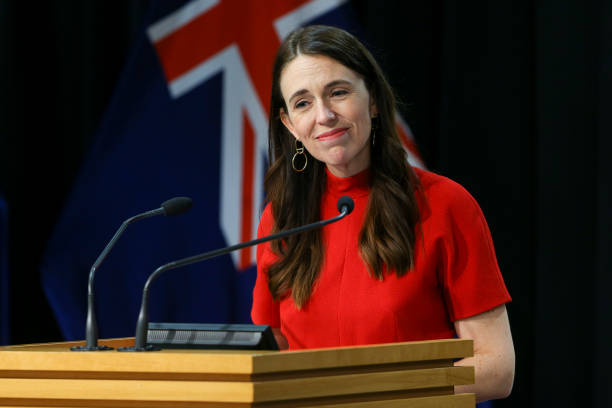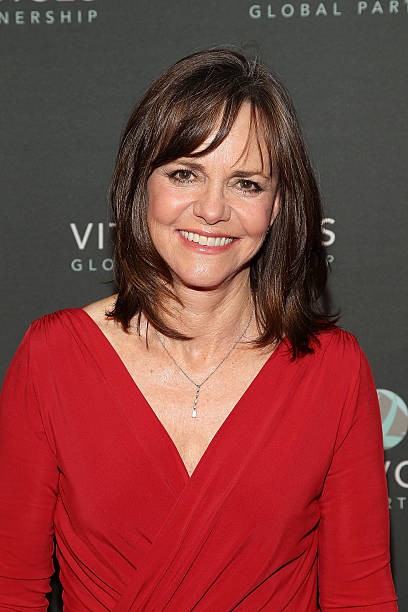David Crosby, a significant figure in the rebellious Laurel Canyon movement of the 1970s who worked with The Byrds and David Crosby, Stills & Nash to popularise folk-rock, has passed away at the age of 81. No cause of death was disclosed at the time of this article, but his representative told NPR that the artist had passed away.

In addition to several heart attacks, diabetes, and hepatitis C for which he underwent a liver transplant in 1994, Crosby has long struggled with major health issues. Despite these difficulties, the seasoned musician has recently experienced a creative upswing. Between 2014 and 2021, he released five solo albums and frequently toured with two bands: the Lighthouse Band, which comprised Michael League of Snarky Puppy, and the Sky Trails Band, which starred his son James Raymond on keyboards.
During in his early days as a professional, when he was a travelling folk performer refining his performance abilities, Crosby put a lot of emphasis on touring. Late in the 1950s, Crosby began appearing in coffeehouses in Santa Barbara, California, but soon started touring the country, making appearances in Boulder, Colorado, Boulder, Illinois, and southern Florida. Crosby also spent some formative time in Greenwich Village, when he collaborated with Chicago musician Terry Callier to perform at the then-new Bitter End.

Despite having a lengthy and successful solo career, Crosby was most successful when working with others. This was a skill he developed when he was a small child and was entranced by a symphony orchestra performance. In his 1988 autobiography, Long Time Gone, he claimed, “The idea of united effort to produce something bigger than any one individual could possibly do was lodged in my head.” That is the reason I enjoy singing harmony and being a part of a group.
As a key co – founder of the influential Californian country-folk group The Byrds, Crosby achieved his first significant hits. With two No. 1 singles — versions of Pete Seeger’s “Turn! Turn! Turn!” and Bob Dylan’s “Mr. Tambourine Man” — plus a Top 20 hit with the stormy classic “Eight Miles High,” the group reached its commercial apex during his leadership. The latter was co-written by Crosby, who also contributed to a number of other classic Byrds tunes, like the jangly, melodic “Lady Friend.” He has taken credit for exposing bandmate Roger McGuinn to the music of John Coltrane and Ravi Shankar. He was crucial in helping the group establish their harmony-rich vocal style and kaleidoscopic sound, which included psychedelic rock, jazz, and twangy folk.
Crosby left the Byrds in 1967 due to personality and artistic issues, though he later came back to produce and play on the band’s 1973 album Byrds. In his spare time, he immersed himself in sailing, a hobby he had enjoyed since he was a little child. He borrowed money from Peter Tork of The Monkees to purchase a schooner for $25,000. He wrote songs like “Wooden Ships,” “The Lee Shore,” and “Page 43” while on the boat, which would serve as a refuge and a source of inspiration for him for many years.
Crosby was raised in Southern California where he was born on August 14, 1941. His father, Floyd Crosby, was a cinematographer who received an Academy Award and a Golden Globe for his work on the 1952 film High Noon as well as 1931’s Tabu: A Story of the South Seas. (Crosby himself would have a big impact on another area of Hollywood: He frequently claimed that Dennis Hopper was inspired by his appearance and attitude for the 1969 film Easy Rider.)
Crosby’s longstanding affinity with complete alignment began when he was a young child and was further solidified by his family’s frequent sing-along sessions. His older brother Ethan introduced him to jazz, a music he would continue to explore throughout his career, including with his reflective 2017 solo album, Sky Trails, and with the late ’90s/early ’00s band CPR.
In his collaboration with Stephen Stills and Graham Nash, with whom he sought fresh means of expressing harmony, Crosby’s formative inspirations have become more apparent. He dissects their singing voice in Long Time Gone with his customary clarity, observing that they sang “nonparallel things” affected by jazz from the late 1950s and early 1960s, the Everly Brothers, and classical music. He wrote, “Some of my best work was being subtle, shifting the centre portion in internal movements that kept it continuing. Particularly on his own song “Guinnevere,” Crosby’s crystal-clear tenor blended indistinguishably with Stills and Nash’s vocals in hushed and eerie ways. Additionally, his songwriting helped the band move in new areas. In particular, “Déjà Vu’s” rhythmic cadences and the free arrangements and boho instrumental tone of “Wooden Ships.”
Crosby, Stills, and Nash enjoyed financial success and universal acclaim as a trio. When the band released Déjà Vu in 1970—after Neil Young had joined and added another letter to the band’s name—it touched on both the familiar comforts of tradition and the seismic generational shifts that were taking place. Its self-titled 1969 debut led to a performance at Woodstock and a Grammy for best new artist. After the publication of Déjà Vu, Crosby, Stills, Nash, and Young would become a prominent voice in the anti-war movement in the country. In response to the shooting of four students at Kent State University in May 1970, they recorded the song “Ohio,” written by Young.
Numerous redos and second chances during Crosby’s career. Years of clearly defined drug usage resulted in turbulent relationships in and out of the music industry, numerous arrests, and a nine-month sentence in a Texas jail in the 1980s. As Crosby recounted to Cameron Crowe in the 2019 documentary David Crosby: Remember My Name, it was remarkable that his voice remained powerful and unfaded. Crosby himself found this to be unexplainable. The movie also portrayed a musician facing his mortality while attempting to avoid thinking about the past, which showed a lot of humility.
In 2019, Crosby admitted to having “damaged a large number of people” on Here & Now, the lunchtime news programme from NPR and WBUR. “I’ve done a lot more good. All I need to do is be able to look at it, comprehend it, and draw lessons from it. I don’t hold any of it against me. Actually, I’m quite content with the guy I’ve become. I’m making a lot of effort to behave decently. I also enjoy it.”











